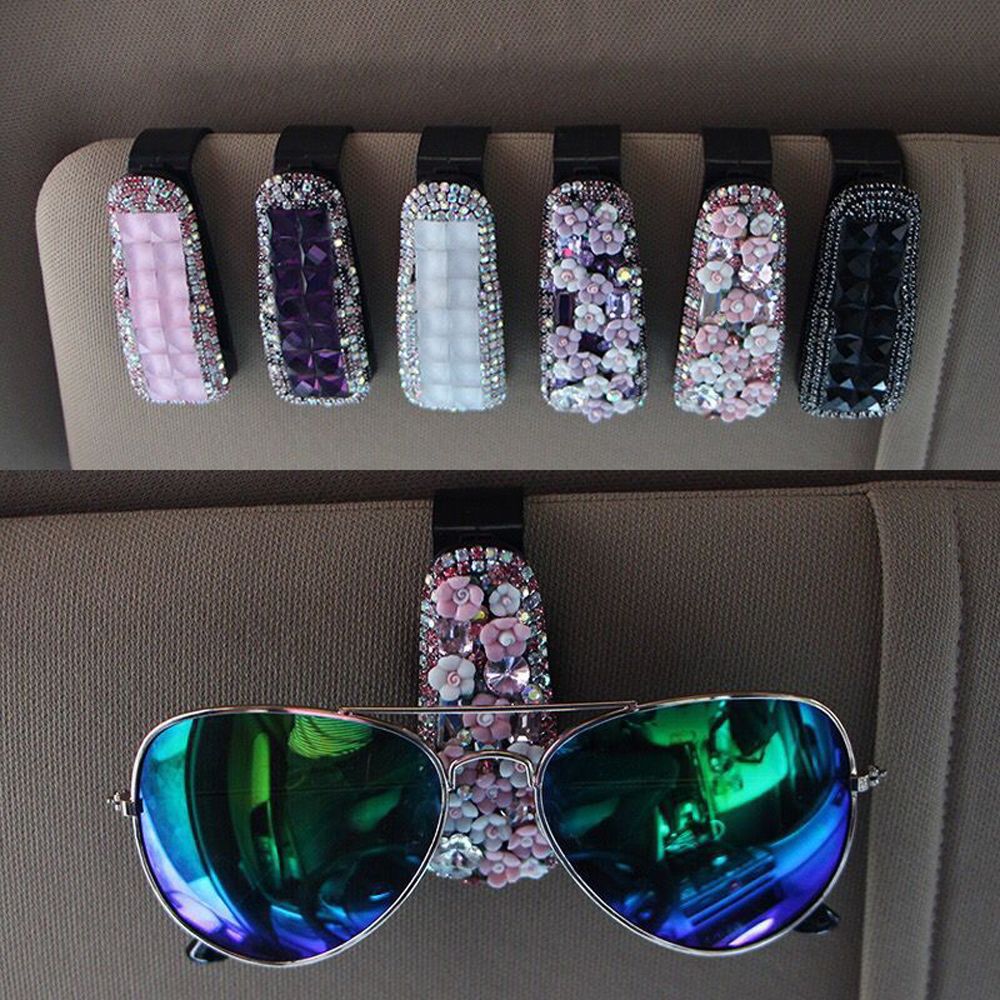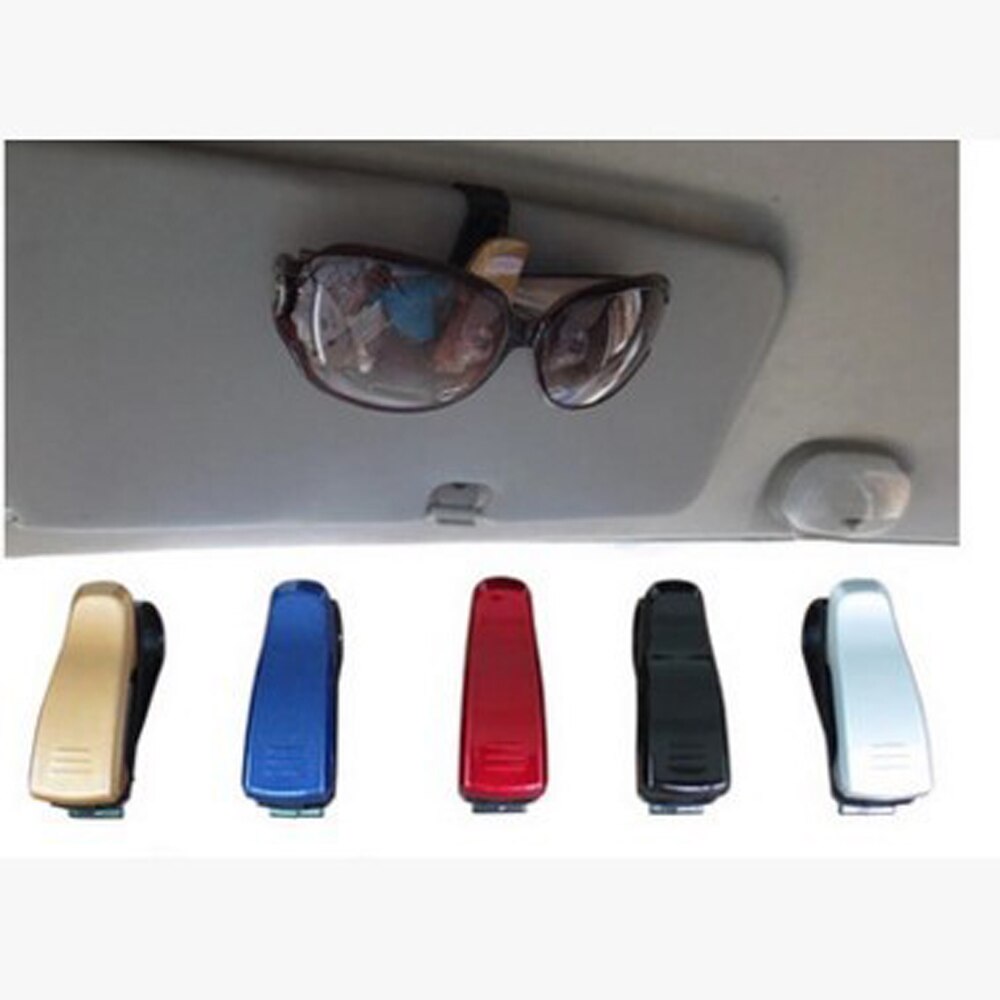
The Dark Side of the Sun – Driver Safety in the Face of Brightness
You may be the safest, most responsible driver in the world, but there are two periods of the day that will always increase your chances of a serious driving mishap, regardless of your skills and driving experience. I’m referring to sunrise and sunset, the two parts of the day wherein the sun is directly impeding your vision.
Whether you live in sunny Miami or bleak, stormy Seattle, the sun is an everlasting issue to driver safety. Even if it’s dark and rainy, the sun is just waiting to peek out of those clouds and wreak havoc on your visibility.
The Risks of Fighting Against the Sun
First of all, let’s state the obvious: driving with the sun directly shining into your eyes is dangerous. However, even taking the proper precautions to quell the beams of light can significantly reduce your abilities on the road. Indeed, some of the most common solutions come with their risks as well.
Solution #1: Use Your Car’s Visor
Lowering your visor is the most common response to driving directly into the sun. While it can be effective in blocking the sun itself, it does nothing to prevent the emanating light from rendering your vision spotty and blurred. Additionally, your car’s sun visor doesn’t just block out the sun – it also obstructs a good chunk of your windshield. In a typical car, putting the visor down blocks out up to a quarter of the windshield on the driver’s side, and is arguably more dangerous than having no visor.
Solution #2: Wear Sunglasses
This is another common solution to driving into the sun, and while it’s effective, it’s not effective enough. Sunglasses don’t magically make the sun disappear – they can reduce glare, but your visibility will remain low if you’re driving head-first into a sunrise or sunset.
Alternative Solutions to Sunlight
By now you’ve probably learned that in a battle between you and the sun, the latter probably wins 99.9999% of the time. You may not come out victorious against the blinding light, but if you must drive directly into the sun, there are ways to minimize the dangers.
- Make sure your windshield is clean and crack-free – water spots, cracks, and pits can exacerbate the reduced visibility and even cause light to scatter, making it even hard to see out of your windshield.
- Leave a bigger gap between vehicles, slow down, and turn on your headlights – While turning these on may not decrease visibility, having your tail lights illuminated can prevent those behind you from a potential solar-powered fender bender.
- Reduce clutter on your dashboard – Random items on your dashboard can potentially reflect light right into your eyes, causing a double whammy of uncomfortable blindness.
- Keep your sunglasses close at hand and secure by using Sunnies Glam Auto Visor Clips or WSR Not So Basic Auto Visor Clips
However, perhaps the best way to prevent a sun-related incident from occurring is to simply not drive during these periods of optimal sunlight. Often, simply leaving 30 minutes earlier or later can mean the difference between a smooth, glare-free ride and a death-defying commute home, courtesy of the sun.
Thanks to Idrivesafely.com


